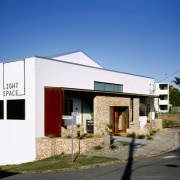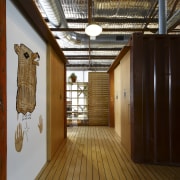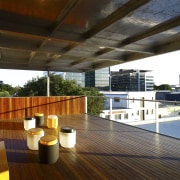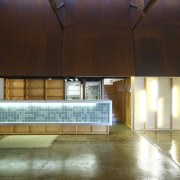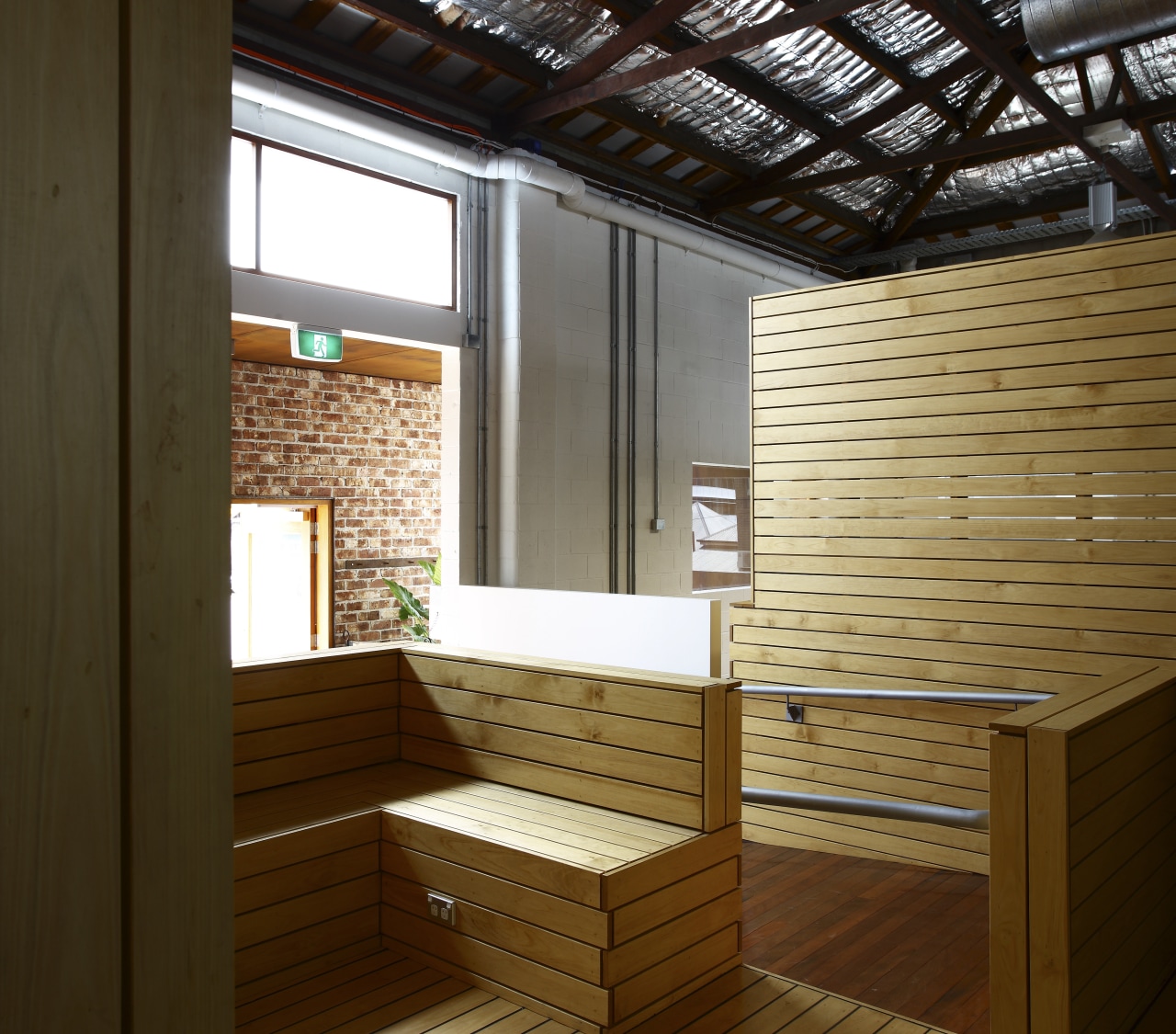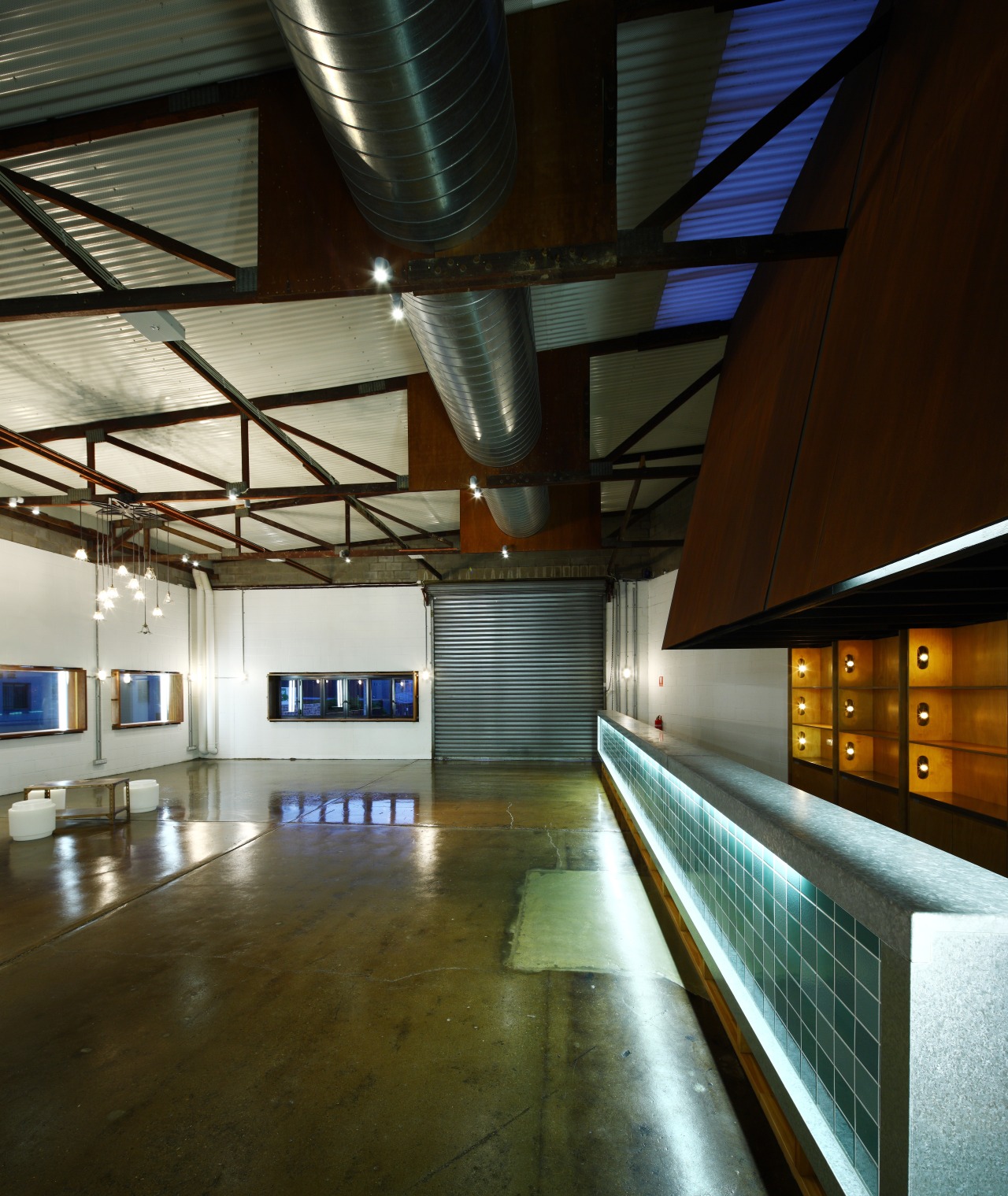Industrial revival
Adaptive reuse is maximised in Light Space, a warehouse conversion that embraces the existing architectural style

A warehouse located on a prime, central city site is a rare commodity and could easily be demolished to make way for a new build. For this building, however, the architect and developer had a different vision to salvage, and indeed enhance, the original architectural style by converting it into an exciting new creative space.
Light Space, in Brisbane's central suburb of Fortitude Valley, incorporates six small creative businesses in studio spaces upstairs, while the lower level can be hired as a venue.
Architect Stephen Cameron says the developer John Mcdonald could have been forgiven if he had demolished the existing tired-looking warehouse and put up a block of apartments for a significant profit. In choosing to restore the warehouse instead, he has found a greener solution one that favours environmental sustainability, recycling and adaptive reuse.
"At the beginning, it seemed to be a relatively straightforward project a simple renovation. We were planning to make a few small alterations to an existing warehouse in order for it to be used as an event space," says Cameron, who now works for Hassell. "But as can sometimes happen, the brief evolved until we were eventually undertaking an extensive renovation of the entire structure.
"The architectural process was different to anything I'd encountered before," the architect says. "Instead of working to an agreed plan, we were part of a much more integrated process. The initial drawing outlined the concept of the project, but ultimately I was on site every day, making decisions about the design. This created an extremely close relationship between myself, the client and the construction team, which I think benefited the project immensely."
Cameron and Mcdonald decided to make the venue fully self-equipped, with a built-in bar and changing rooms. He says that one of the main challenges in designing the venue was creating a space that did not enforce a stylistic agenda.
"I wanted the venue to be a blank canvas for those hiring it who might want to bring their own personality to their event," says Cameron. "But on the flip side, it was also important that the space had its own aesthetic presence. So it was a fine balance to achieve both of these goals."
Letting light into the space was also important.
"Some venues can become dark, artificial, introspective spaces. To avoid this, we included a skylight. The light reflects off the rusty steel wall above the bar and allows the interior atmosphere to change throughout the day," says the architect.
The studio space upstairs is used in the daytime. "Creative studios seemed to be a sensible fit for the upstairs area, to complement the night-time use of the venue beneath," Cameron says.
A shipping container was converted into a shared boardroom and kitchenette, and a large deck captures the Brisbane afternoon sun and serves as an outdoor meeting room.
Timber trusses in the ceiling remain exposed, brickwork was painted white and wooden louvre windows were removed and replaced with glass. Cameron glued the pieces of glass over the window cavity, creating a bold, tactile look consistent with the industrial style of the renovation.
Cypress timber screens were erected to partition the six separate studio spaces.
"The screens have a solid feeling, but still create fluidity between the spaces," says Cameron.
"Ultimately, I feel that this kind of venue makes a huge contribution to a city. It pushed the limits in many ways, but the project has resulted in a space that I hope will benefit an important part of the community of Brisbane, as well as enriching its overall cultural life."
Story by: Trendsideas
Home kitchen bathroom commercial design
Diving into nature
Classic looks, contemporary efficiency
Personality plus
